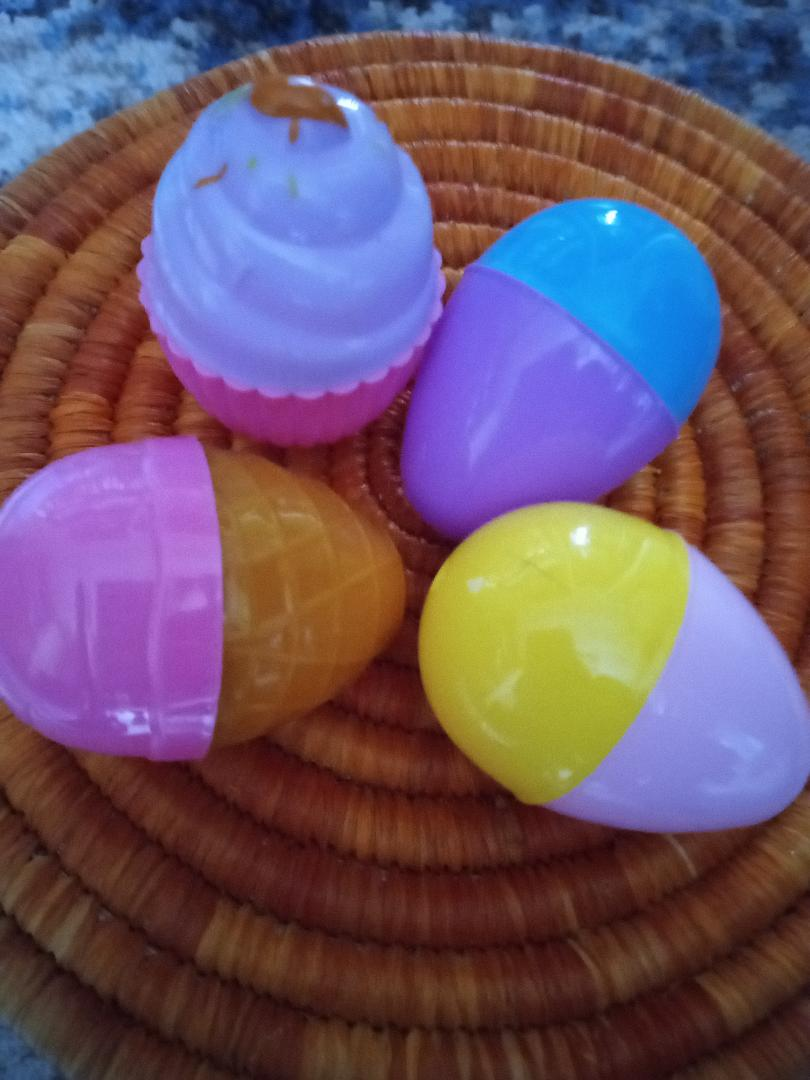With Earth Day (now actually Earth Month) around the corner, I'm sharing lesson plans to make crafts from your recycle bin. Today we're making recycle bin Easter egg crafts to teach early math activities of sorting and matching, plus fine motor skills. These Easter egg crafts were inspired by my toddler grandchildren, Juno, Ezra and Emmett.
free printable lesson plans on alphabet to zoology and everything in between
Recycle bin Easter egg crafts to teach early math--with free printables
With Earth Day (now actually Earth Month) around the corner, I'm sharing lesson plans to make crafts from your recycle bin. Today we're making recycle bin Easter egg crafts to teach early math activities of sorting and matching, plus fine motor skills. These Easter egg crafts were inspired by my toddler grandchildren, Juno, Ezra and Emmett.
Recycle bin crafts: sensory "touch and feel" animal habitat books for hands-on animal lesson plans
Start with my blog posts on free printable animal habitat lesson plans. You'll find loads of animal coloring pages, cut and paste habitat dioramas and zoology printables. After coloring and assembling, attach animal habitat pieces to recycled cardboard from recycle bin. I suggest cereal and food packaging weight cardboard for ease of use with scissors. Value added: these recycle bin crafts and science activities are perfect for Earth Day to practice ecology and environmental awareness.
Next, hit up that recycle bin and fabric scrap basket for various textured materials to simulate animal habitat structures, nests and body coverings. Depending on age, have students cut or cut for them, pieces to attach to habitats and animals. What you're going for are the multisensory "touch and feel" animal board books such as babies like.
Here are some suggested multisensory materials to use for different animal body coverings and habitat structures:
fake fur or carpet pieces for furry mammals (cats, tigers, rabbits, squirrels)
polar fleece for lambs, sheep and goats
felt for animals with hide, hair or short fur (primates, monkeys, dogs, horses and giraffes)
feathers for birds
straw or twigs for nests
rough sandpaper for habitats pebbly surfaces
soft sandpaper for beach habitats
wood chips or bark for woodland and tree animal habitats
foil for snakes or fish with skin
sequined fabric for fish with scales
satin ribbon or soft plastic pieces (such as from milk jugs or dairy containers) for frogs, dinosaurs, amphibians and mammal fish (dolphins, whales, seals). Look for appropriate colors.
straw for nests
cotton balls or stuffing for snowy arctic regions and polar habitats
corrugated cardboard for trees
burlap for toads, rhinoceros, hippopotamus, turtles, pigs and animals with rougher skin
construction paper, canvas or bumpy fabric for dens and caves (also sandpaper would work)
yarn, string, brush bristles (any kind) for lion, goats, giraffe, zebra, mule, donkey or horse mane or tail
You don't need to cover the entire surface, just a bit as multisensory "touch and feel" books do. Try include as many sensory elements in the animal "touch and feel" books for optimum VAKT lesson plans. Assemble pages in book format by punching three holes along the edge and tying together with shoelace, for added tactile stimulation. Use these for preschool, students with autism and special sensory and tactile needs.

